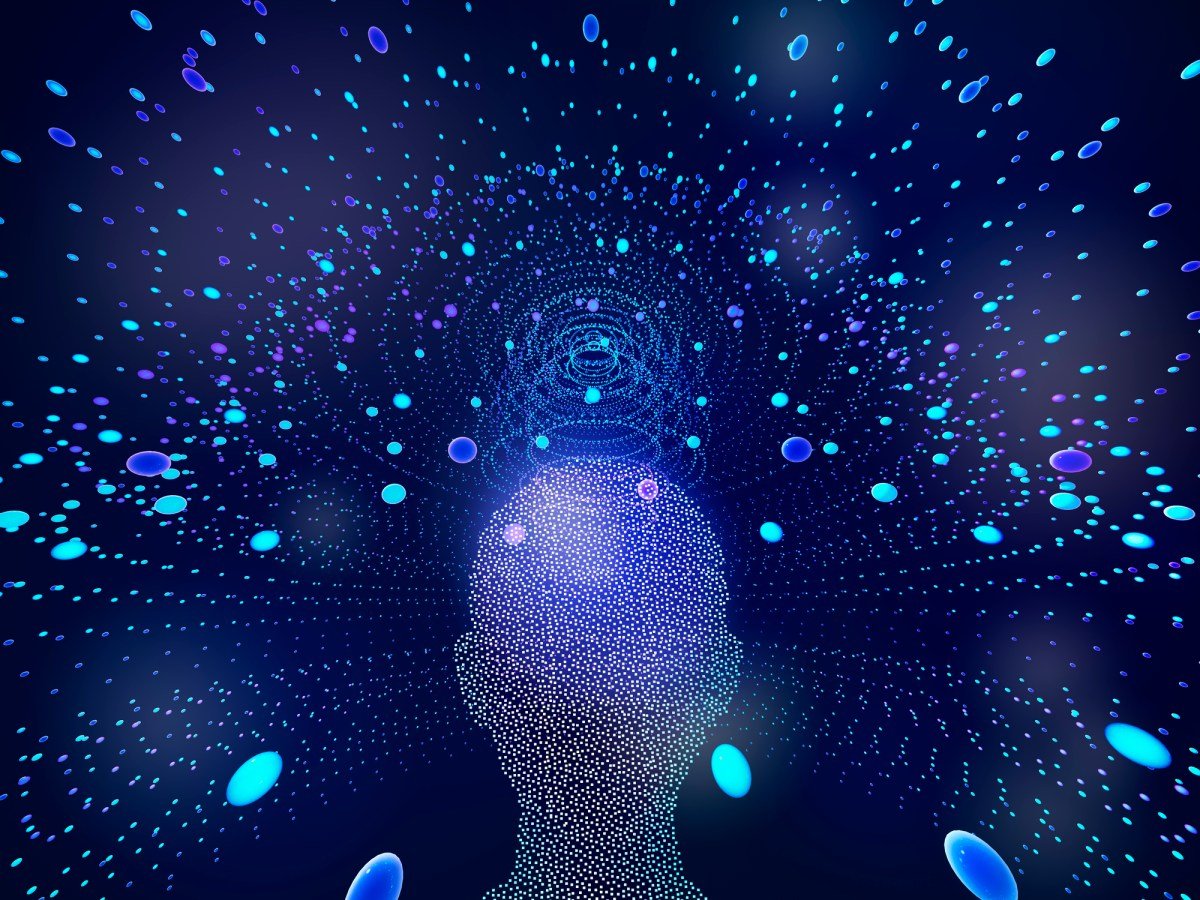Zora, a groundbreaking social media platform built on NFT technology, is not content with just revolutionizing the crypto world. According to Dee Goens, one of the co-founders of the startup, Zora is now expanding its reach into the booming field of artificial intelligence.
“Crypto wants information to be on-chain so that it can be valued and add value to the system. And then AI wants information to be on-chain so that it can be freely accessed and utilized by the system. So we’re on this kind of collision course where we want to put more stuff on-chain, in order to effectively add value, create value.”
This innovative platform, not to be confused with Sora’s text-to-video tool from OpenA, aims to empower creators, brands, and artists by providing them with the means to monetize their content through the use of NFTs. In the last month alone, Zora’s creators have earned over $1.3 million by sharing their content, while the platform boasts just under half a million monthly transacting users. For more information, check out our episode featuring Dee Goens here at Zora.
Built on top of Ethereum’s layer-2 blockchain Optimism, the Zora Network has seen tremendous success since its inception in 2020. According to the platform’s website, over $300 million has been generated in secondary sales, with users creating over 4 million NFTs and amassing a collective of approximately 1 million unique collectors.
However, Goens and Zora co-founder Jacob Horne believe that there is still much more to be accomplished. They see crypto and AI as two complementary technologies with the potential to enhance and benefit from one another.
But how exactly will these two seemingly different worlds collide?
“We need systems that can help bring all of these things on-chain and that’s what we’re trying to do at Zora.”
According to Goens, one key factor unifying crypto and AI is their shared need for information to be readily available on the blockchain. While crypto values this information for its ability to add value to the system, AI needs it to train its models and grow. Essentially, crypto wants information on-chain to thrive, and AI needs it on-chain to continue its advancement.
“This is a zero to one moment, one of the first passive income streams for the creators of large language models like Stability AI,” Goens explained. Thanks to the recent launch of a new feature on Zora, creators can now utilize AI to “mint” their content – or in simpler terms, post it on the blockchain. This means that creators can type out their content, have an image generated almost instantly, and mint it shortly thereafter.
“This is a net new thing in many ways and I think they’re excited to innovate,” Goens added, referring to the demand for more AI functionality and tooling on the NFT creator side.
Looking towards the future, Goens foresees an opportunity for blockchains to assist in verifying and authenticating the ownership of creations – not just for models and data, but also for the origin of media itself.
“I think crypto could survive without AI in its current trajectory,” Goens acknowledged. However, he believes that AI needs blockchains to strengthen its narrative surrounding verification and authentication, a sentiment shared by others in the industry.
“I’m excited to see the models on-chain and see more open sourcing of these models, so that we can all have the opportunity to investigate and inspect them in a way where we can make an informed decision,” Goens shared. “That opens up an opportunity for us to put our money where our mouth is.”
This story was inspired by an episode of TechCrunch’s podcast Chain Reaction. Be sure to subscribe to Chain Reaction on Apple Podcasts, Spotify, or your favorite pod platform to hear more stories and tips from the forward-thinking entrepreneurs behind the most innovative companies of today.
Connect with us:








